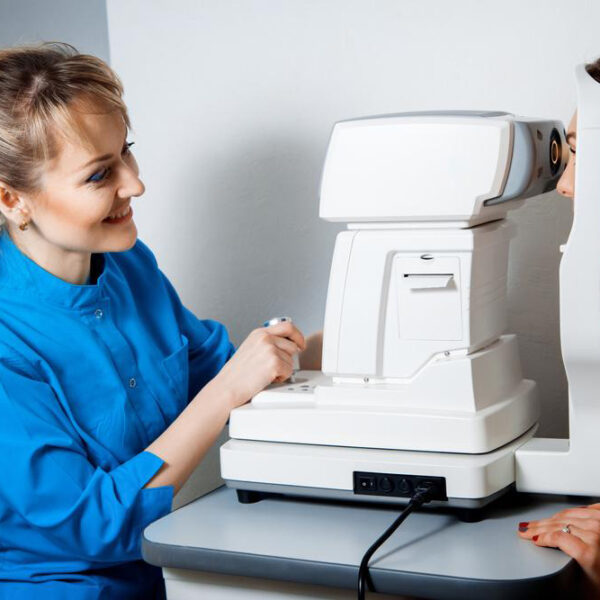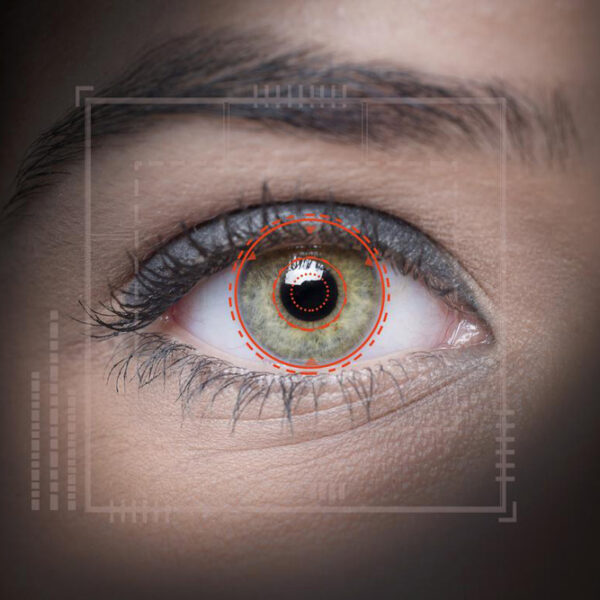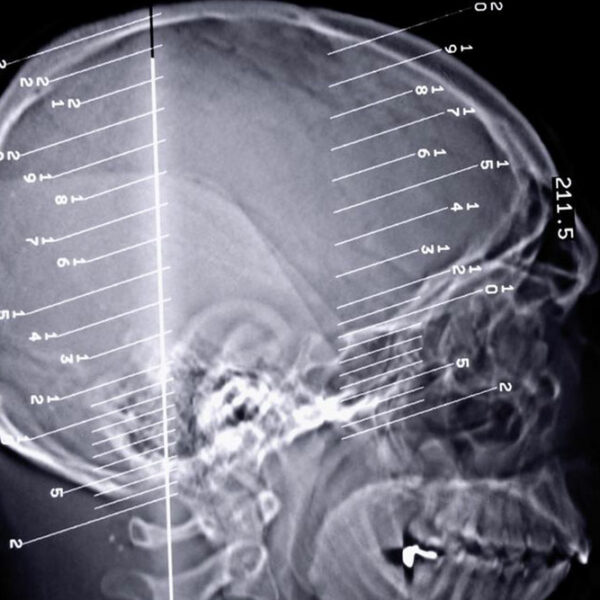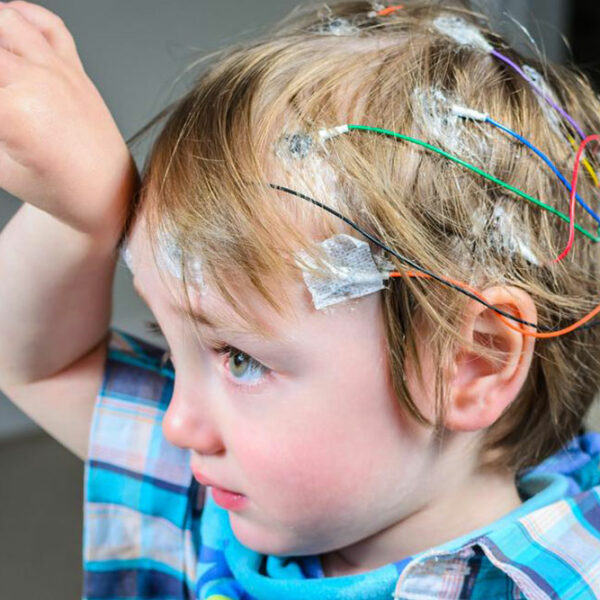
Types of strokes and their symptoms
Strokes are of two types. They are different from a heart attack and occur in the brain of a human body. There are many reasons why this happens. Strokes are of two types and there are symptoms knowing which you can prevent the high impact of a stroke. Ischemic and hemorrhagic are the two types of strokes. Lack of blood flow leads to ischemic stroke and bleeding leads to hemorrhagic stroke. Ischemic stroke occurs when a blood vessel carrying blood to the brain is blocked by a blood clot. When the blood is not able to reach the brain because of the clot, it results in a stroke. There are two ways in which an ischemic stroke can occur”embolic and thrombotic stroke. Embolic stroke is the formation of plaque or a blood clot that forms somewhere in the body but travels to the brain where the blood vessels are narrow and hence a blockage occurs. This blockage causes the stroke. In thrombotic stroke, blood clot is formed inside one of the arteries that is directly supplying blood to the brain. People who have high cholesterol levels are more prone to this type of ischemic stroke. Symptoms of ischemic stroke are weakness in the face, arm, or leg.









